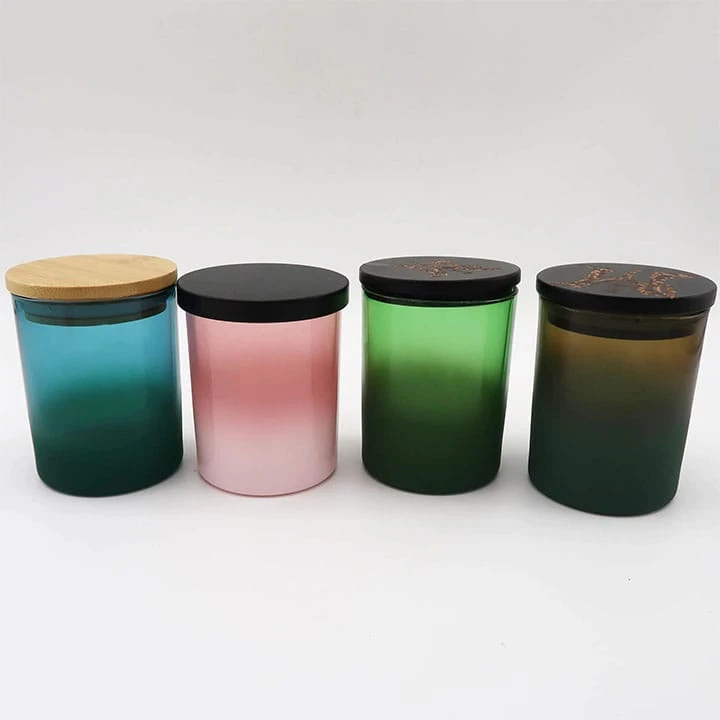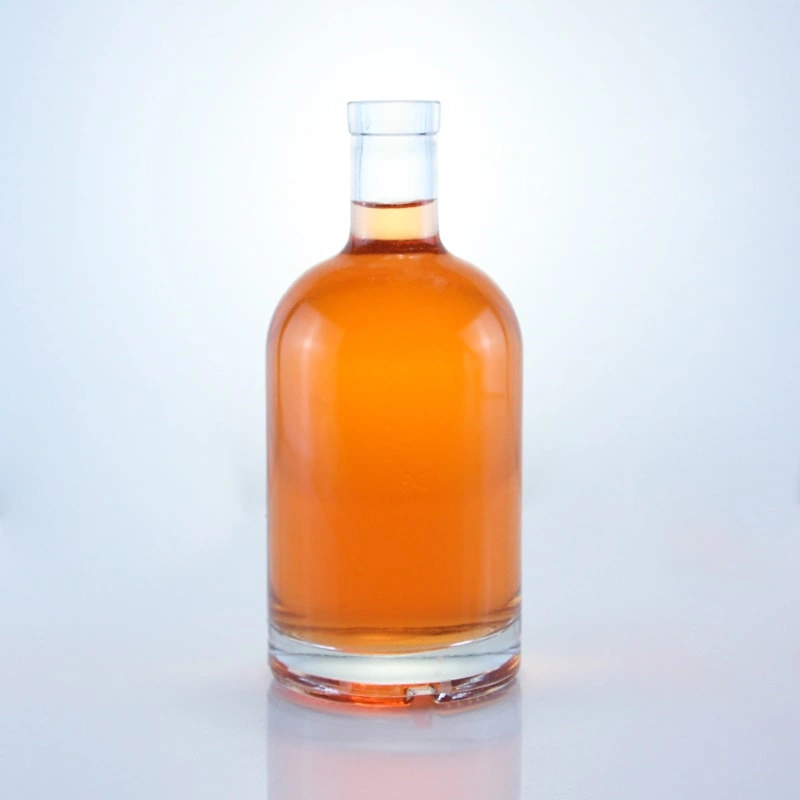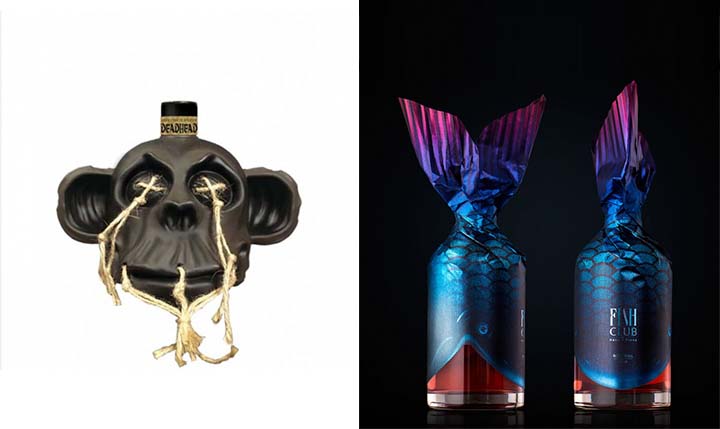When it comes to preserving pickles, selecting the right bottle is crucial. A suitable pickle bottle not only affects the quality and longevity of your pickles but also enhances the overall aesthetic appeal of your kitchen or dining table. In this comprehensive guide, we will explore the various types of pickle bottles available, factors to consider when choosing one, and tips for proper use and storage. By the end, you’ll have all the information needed to make an informed decision that suits your pickling needs.
Understanding the Importance of Choosing the Right Pickle Bottle
The Role of Packaging in Pickling
Pickling is an age-old preservation method that enhances the flavor and extends the shelf life of vegetables and fruits. However, the effectiveness of this process relies heavily on the packaging used. A suitable bottle helps create an airtight seal, preventing contamination and spoilage. The right container can also maintain the ideal environment for fermentation, ensuring that your pickles develop their full flavor potential.
Moreover, the visual appeal of your pickle bottle can add charm to your kitchen or dining area. A well-chosen bottle can serve as a decorative element while showcasing your culinary creations. Therefore, investing time in selecting the appropriate pickle bottle is essential for both practical and aesthetic reasons.
Different Types of Pickle Bottles
Before diving into the selection criteria, it’s essential to understand the various types of pickle bottles available. Each type has its own set of advantages and disadvantages, which can influence your choice.
- Glass Jars: Glass jars are a popular choice for pickling due to their non-reactive nature. They come in various sizes and shapes, making them versatile for different types of pickles. Glass is also transparent, allowing you to admire your colorful creations.
- Plastic Containers: While less common, some people use food-grade plastic containers for pickling. These are lightweight and often more affordable than glass. However, they can sometimes retain odors and may not provide the same level of protection against light and air.
- Ceramic Jars: Ceramic jars are excellent for fermenting pickles. They are usually heavier and provide a more stable environment for fermentation. Their opaque nature protects the contents from light, which can degrade the quality of the pickles.
- Stainless Steel Containers: Stainless steel is another non-reactive option that is durable and resistant to breakage. These containers are often used for larger batches of pickles and are easy to clean.
- Specialized Pickle Crocks: Pickle crocks are designed specifically for fermenting pickles. They usually have a wide mouth for easy access and may come with weights to keep the vegetables submerged in brine.
Factors to Consider When Choosing a Pickle Bottle
Material
The material of the pickle bottle is one of the most critical factors to consider. Each material has its own properties that can affect the pickling process:
Glass: As mentioned, glass is non-reactive and won’t impart any flavors to your pickles. It’s also easy to clean and sterilize, making it an excellent choice for home canning.
Plastic: If you choose plastic, ensure it’s food-grade and BPA-free. While plastic can be convenient, it may not provide the same protection against light and air as glass does.
Ceramic: These jars often have a charming, rustic look and are great for fermentation. However, they can be heavier and more expensive than glass jars.
Stainless Steel: This option is durable and resistant to corrosion. It’s a practical choice for those who want a long-lasting container for larger batches of pickles.
Size
The size of the pickle bottle will depend on how much you plan to pickle. Here are some considerations:
Small Jars: Ideal for small batches or quick pickles, small jars (typically 16 oz or less) are perfect for trying new recipes or for gifts.
Medium Jars: These are versatile and suitable for everyday use. A medium-sized jar (32 oz) can hold a decent amount of pickles without taking up too much space.
Large Jars: If you’re serious about pickling, larger jars (64 oz or more) may be necessary for bulk production. Consider the available storage space in your kitchen when choosing large jars.
Shape and Design
The shape and design of the pickle bottle can also play a role in usability and aesthetics. Here are some shapes to consider:
Wide Mouth Jars: These are easier to fill and clean, allowing for easy access to the contents. They are particularly useful for larger vegetables like cucumbers.
Narrow Neck Jars: While they may have a more elegant appearance, narrow neck jars can be challenging to fill and clean. They may not be ideal for all types of pickles.
Decorative Designs: Some pickle bottles come in unique designs, patterns, or colors. Choosing a decorative bottle can enhance your kitchen’s aesthetic and make a statement on your dining table.
Airtight Seal
Airtight sealing is crucial for preventing air from entering the bottle, which can lead to spoilage. When selecting a pickle bottle, consider the following:
Lids: Ensure that the bottle comes with a high-quality lid that creates a tight seal. Metal lids with rubber gaskets are often effective, while plastic lids should also be designed to prevent air leakage.
Fermentation Weights: If you’re fermenting, consider bottles that come with fermentation weights or lids designed to keep the contents submerged in brine.
Ease of Cleaning
Pickle bottles should be easy to clean, especially if you plan to reuse them for different types of pickles. Consider the following cleaning aspects:
Dishwasher Safe: If you prefer a hassle-free cleaning process, look for bottles that are dishwasher safe.
Smooth Interior: Bottles with a smooth interior surface are easier to clean thoroughly and prevent the buildup of residue.
Accessibility: Wide-mouth jars are generally easier to clean, as you can fit your hand or cleaning tools inside without difficulty.
Cost
The cost of pickle bottles can vary significantly based on material, size, and design. Set a budget before you start shopping, but also consider the long-term value. Investing in high-quality bottles may save you money in the long run, as they are less likely to break or degrade over time. Compare prices across different retailers, but don’t compromise on quality for the sake of saving a few dollars.
Where to Buy Pickle Bottles
Local Stores
Shopping locally can be beneficial for several reasons:
Immediate Availability: You can inspect the bottles in person, ensuring they meet your requirements.
Support Local Businesses: Purchasing from local retailers helps support your community and may offer unique products not found online.
Expert Advice: Local store employees can provide valuable insights and recommendations based on your pickling needs.
Online Retailers
Online shopping offers convenience and a wider selection of pickle bottles. Here are some popular online platforms:
Amazon: A vast marketplace with numerous options for all types of pickle bottles. User reviews can help you assess the quality of the products.
Specialty Kitchen Stores: Websites like Williams-Sonoma or Sur La Table offer high-quality kitchenware, including pickle bottles.
Etsy: For unique, handcrafted options, Etsy is a great platform to find artisanal pickle bottles that can add a personal touch to your kitchen.
Farmers’ Markets and Craft Fairs
Don’t overlook farmers’ markets and local craft fairs. These venues often feature vendors who sell homemade or artisanal pickles and unique jars. You might find one-of-a-kind bottles that perfectly suit your style while supporting local artisans.
Tips for Using and Storing Pickle Bottles
Preparation and Sterilization
Before filling your pickle bottles, it’s essential to prepare and sterilize them properly. This helps prevent contamination and ensures a successful pickling process. Here’s how to do it:
- Wash Thoroughly: Start by washing the bottles and lids in hot, soapy water. Rinse them well to remove any soap residue.
- Sterilize: To sterilize, you can either boil the bottles in water for 10-15 minutes or place them in a dishwasher on a hot cycle. Allow them to air dry completely before use.
- Avoid Sudsy Water: If using a dishwasher, avoid using detergent that leaves a residue, as this can affect the flavor of your pickles.
Proper Filling Techniques
When filling your pickle bottles, follow these tips to ensure a successful process:
Leave Headspace: Leave about half an inch of headspace at the top of the jar. This space allows for expansion during fermentation and prevents overflow.
Pack Tightly: For best results, pack the vegetables tightly in the jar. This helps reduce air pockets, which can lead to spoilage.
Use Brine: Pour the prepared brine over the vegetables, ensuring they are fully submerged. If necessary, use fermentation weights to keep them under the liquid.
Storage Conditions
Proper storage conditions are essential for maintaining the quality of your pickles. Here are some guidelines:
Cool, Dark Place: Store filled pickle bottles in a cool, dark place to prevent light exposure, which can degrade the pickles.
Refrigeration: If you’re making refrigerator pickles, ensure they are kept in the refrigerator at a consistent temperature.
Avoid Temperature Fluctuations: Sudden changes in temperature can impact the pickling process. Store the jars away from heat sources or direct sunlight.
Regular Checks
Regularly check your pickle bottles for signs of spoilage, such as unusual odors, discoloration, or mold. If you notice any issues, it’s better to err on the side of caution and discard the pickles. Proper monitoring ensures that you enjoy safe and delicious pickles throughout their shelf life.
Conclusion
Choosing a suitable pickle bottle is a vital step in the pickling process that can significantly impact the quality and longevity of your pickles. By considering factors such as material, size, shape, and sealing capabilities, you can select the perfect bottle for your needs. Whether you opt for glass, plastic, ceramic, or stainless steel, ensure that you prioritize quality and functionality.
Remember, the right bottle not only preserves your pickles but also adds to the aesthetic charm of your kitchen. With the knowledge shared in this guide, you are now equipped to make informed decisions about pickle bottles, ensuring that your pickling endeavors are successful and enjoyable. Happy pickling!















